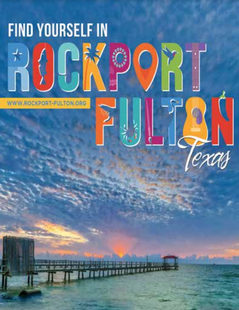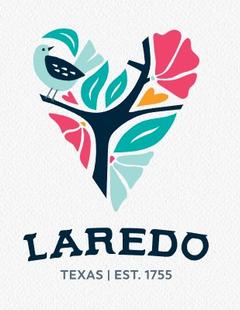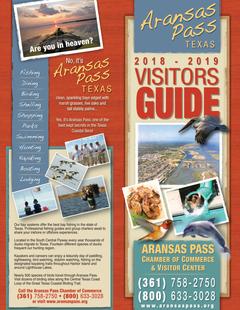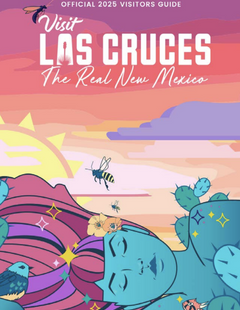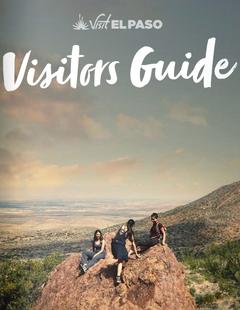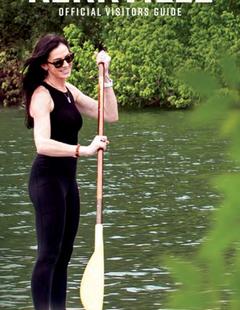Fort Worth has three official districts. Take a minute to look through the tabs below and get a bit of knowledge on the layout of Fort Worth and what exists where within the city.
Overview
Fort Worth has three official districts. Its Downtown is a vibrant place northeast of the city's center, pressed up against Dallas. Fort Worth Stockyards Historic District, in the northwest, is a large part of what makes Fort Worth "Cowtown." The Cultural District is set on the western side and its art museums and history museums are especially good, but so is its rodeo.
City Districts
Downtown
Fort Worth is still a bastion, or perhaps a memorial, for the Old West. Butch Cassidy and the Sundance Kid walked these streets. Although the old, rotten Hell's Half Acre of the 1800s long gone, it seems only appropriate for Fort Worth's entertainment center to be Sundance Square, in honor of the famous bank robber. Mind, rough Sundance Square certainly isn't, despite its name. It's a beautifully landscaped and brick-paved 16 blocks of movie theaters, live theaters, galleries, museums, and nightclubs. Downtown comprises the northeast section of Fort Worth and you can learn more about it here.
Fort Worth Stockyards Historic DistrictWhere downtown may be modern and modernly classy, the Stockyards are all "cowtown" and Western heritage is the theme. The Fort Worth Herd, the "Only Daily Longhorn Cattle Drive in the U.S," hooves through the streets twice a day. The Stockyards Champion Rodeo is held every weekend at Cowtown Coliseum and it's a real rodeo, bull-riding, roping and all. The museums hold to that same western theme, the most famous being the Texas Cowboy Hall of Fame. The Stockyards are also home to the largest honky-tonk in the United States, Billy Bob's. These Stockyards are in the northwest section of Fort Worth.
Cultural District
Fort Worth holds the title "the museum capital of the Southwest" and the Cultural District (in western Fort Worth) is why, home to five very notable museums. The Modern Art Museum of Fort Worth, oldest museum in Texas, is one, as are newer but prestigious Kimball Art Museum and Amon Carter Museum. The National Cowgirl Museum and Hall of Fame is the only pure "cowgirl" museum in the world. Lastly, the Fort Worth Museum of Science and History is one of the largest of its kind in the United States. The Cultural District isn't all artsy, though. Will Rogers Memorial Center hosts the Southwestern Exposition and Livestock Show, Fort Worth's big rodeo.
Other Things to Know
Fort Worth is easily accessible by 1-20 or I-30 if you're coming east or west, or via 1-35W if you're coming from the north or south. If you're coming south by the I-35W, it'll break into two branches just north of Dallas/Fort Worth, and the west branch weaves by Fort Worth. Within the city, car is a perfectly reasonable way to get around, but be careful of the freeways, which can be dangerous if you're not used to a lot of rapid traffic.
If you don't have a car, buses and trains link much of the city together. Trinity Rail Express, specifically, links the Dallas/Fort Worth Airport with both the Fort Worth and Dallas downtowns.











